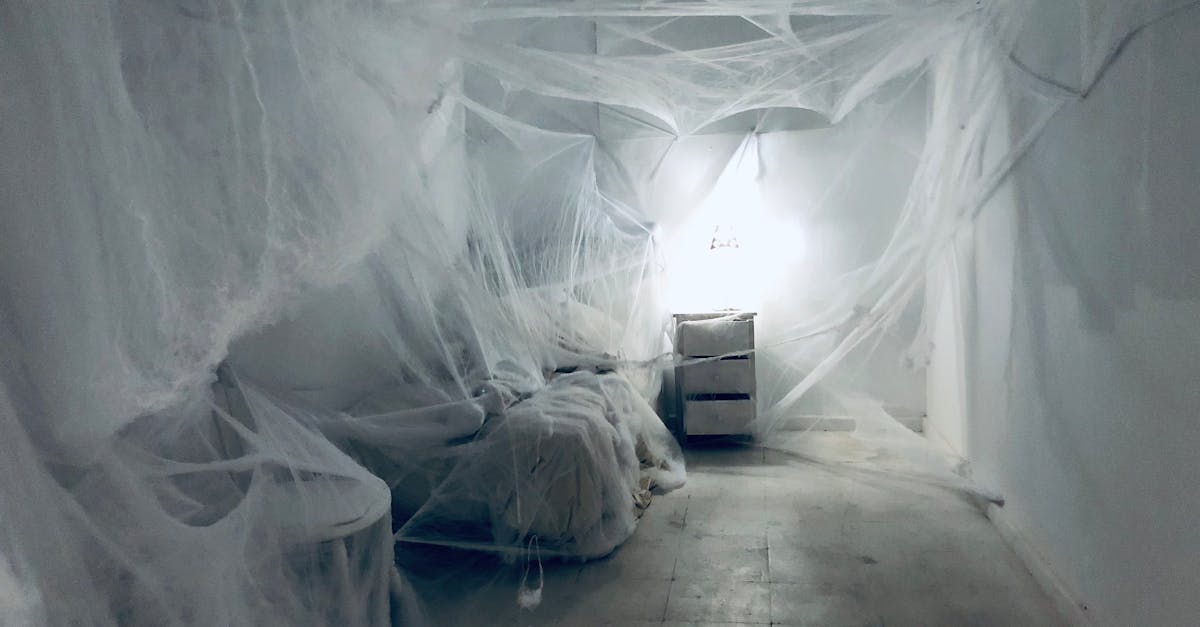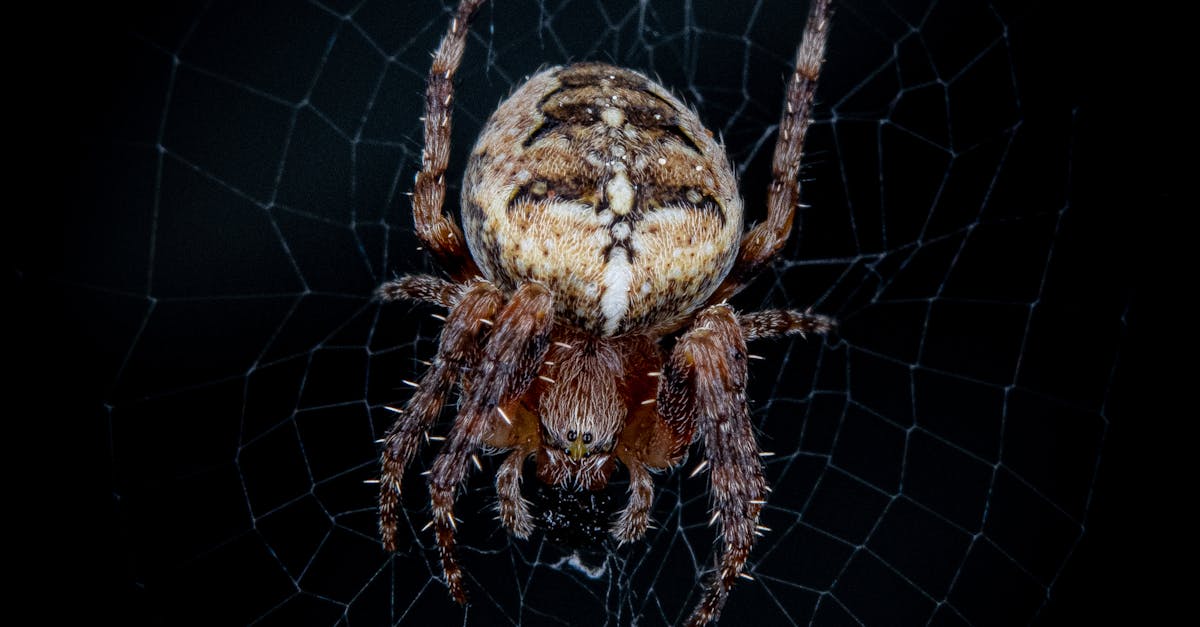Have you ever wondered about the myths surrounding the number of spiders we supposedly consume while we sleep? It’s a topic that has sparked curiosity and horror alike, often leading to sleepless nights and anxious thoughts. In this article, we will explore the origins of this myth, delve into the actual statistics, and provide a clearer picture of how this misconception came to be.
| Spider Myth | Actual Facts |
|---|---|
| Average number of spiders eaten in sleep | 0 |
| Common belief source | Urban legend |
| Likelihood of spiders in beds | Very low |
| Spider behavior at night | Most are nocturnal |
| Prevalence of spiders in homes | Varies by location |
Average Number of Spiders Eaten in Sleep
One of the most pervasive myths is that people swallow an average of eight spiders while sleeping each year. However, studies and expert opinions suggest that this figure is not only exaggerated but completely unfounded. The truth is, most individuals do not consume any spiders while they sleep. Spiders are not inclined to crawl into the mouths of sleeping humans, making this myth more of a horror story than reality.

Common Belief Source
The origin of the myth can be traced back to urban legends and the desire to sensationalize the creepy-crawly nature of spiders. The notion that a human would unknowingly consume spiders while sleeping is both fascinating and terrifying, which is why it has persisted in popular culture. However, there is no scientific evidence to support the idea that this occurs, and it remains firmly in the realm of folklore.

Likelihood of Spiders in Beds
The likelihood of encountering spiders in your bed is incredibly low. Spiders typically prefer dark, undisturbed areas, and a bed is not an ideal habitat for them. While it is possible for spiders to wander into a bedroom, the chances of them being present in your bed while you are sleeping are extremely minimal. Most spiders are more interested in hiding than in seeking out human interaction.

Spider Behavior at Night
Interestingly, many spider species are nocturnal, meaning they are more active at night. However, this does not mean they seek out humans as a food source or a place to rest. Instead, they are usually busy hunting for insects or finding a safe place to hide. Their natural instincts guide them away from potential threats, including humans, making the idea of them crawling into our mouths while we sleep even more implausible.

Prevalence of Spiders in Homes
The prevalence of spiders in homes varies significantly depending on geographical location and environmental factors. In some areas, homes may have a higher spider population due to the abundance of insects, while in others, spiders may be quite rare. Regardless, the idea that spiders are lurking in our beds, waiting to be swallowed, is a gross exaggeration of reality.

FAQ
Is it possible to swallow a spider while sleeping?
The chances of swallowing a spider in your sleep are virtually non-existent. Spiders are not attracted to human mouths, and they typically avoid areas where humans are present. The myth is more fiction than fact, created to elicit fear and fascination.
Where did the myth of eating spiders in sleep originate?
The myth likely originated from urban legends and was perpetuated through various media. It plays into common fears about spiders and the unknown, making it a captivating story despite its lack of truth.
How can I prevent spiders from being in my bedroom?
To minimize the presence of spiders, keep your bedroom clean and clutter-free. Regularly vacuum and dust to remove webs and potential hiding spots. Sealing cracks and gaps in windows and doors can also help keep spiders at bay.
Are there any health risks associated with spiders?
While most spiders are harmless and play a beneficial role in controlling insect populations, a few species can be venomous. However, bites from these spiders are rare, and most individuals will not encounter them.
What should I do if I find a spider in my bed?
If you find a spider in your bed, it is best to remain calm. You can gently catch it in a container and release it outside or use a tissue to dispose of it if you prefer not to handle it.
References:
– [National Pest Management Association](https://www.pestworld.org/)
– [Centers for Disease Control and Prevention](https://www.cdc.gov/)
